Silica dust is the new asbestos.
But what if it’s not? What if there’s really nothing new about silica dust in relation to asbestos?
The link between the two is even closer than you may think…
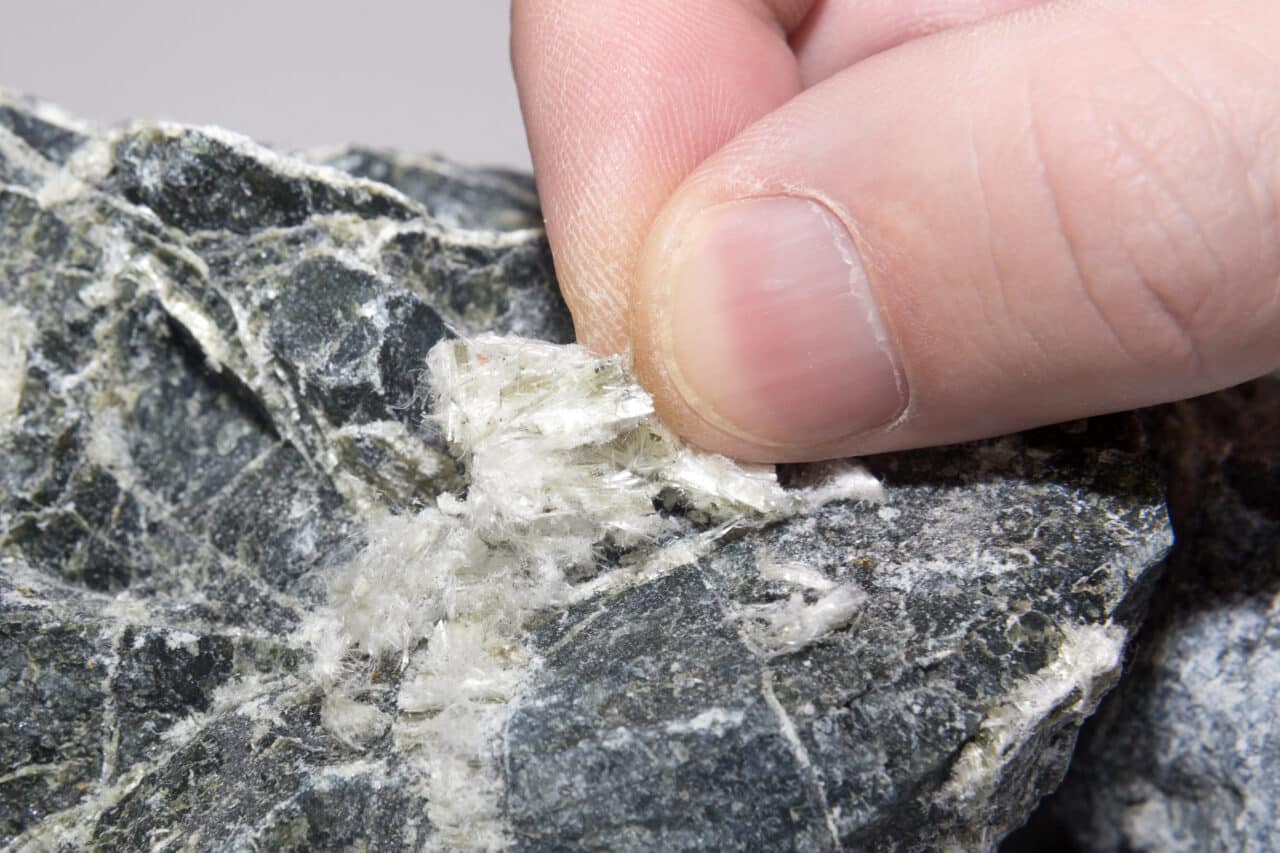
Most people know asbestos as the dangerous insulator used in construction, responsible for over 5,000 related disease-deaths per year, typically lung cancer and asbestosis.
However, in its natural form, asbestos is a naturally occurring fibrous silicate mineral.
Put simply, silicate minerals make up asbestos fibres.
Asbestos is actually just one of the many different forms of silicate materials, in the same way that silica dust is.
The similarities between silica dust and asbestos are much closer than people are aware of.
There is a different attitude towards asbestos compared to silica dust.
The dangers of exposure to asbestos are well documented.
Exposure to asbestos can cause serious lung conditions, including asbestosis and mesothelioma. It is the number 1 cause of recorded work-related deaths in the world.
Most people in the UK are aware of its dangers, particularly as asbestos was banned in 1999 for construction work in the UK.
Yet despite all of this, very few people are aware of how dangerous exposure to silica dust is, despite the fact that asbestos fibres are made up of silicate materials, in the same way silica is.
There are many more dangers relating to silica dust than people may be aware of.
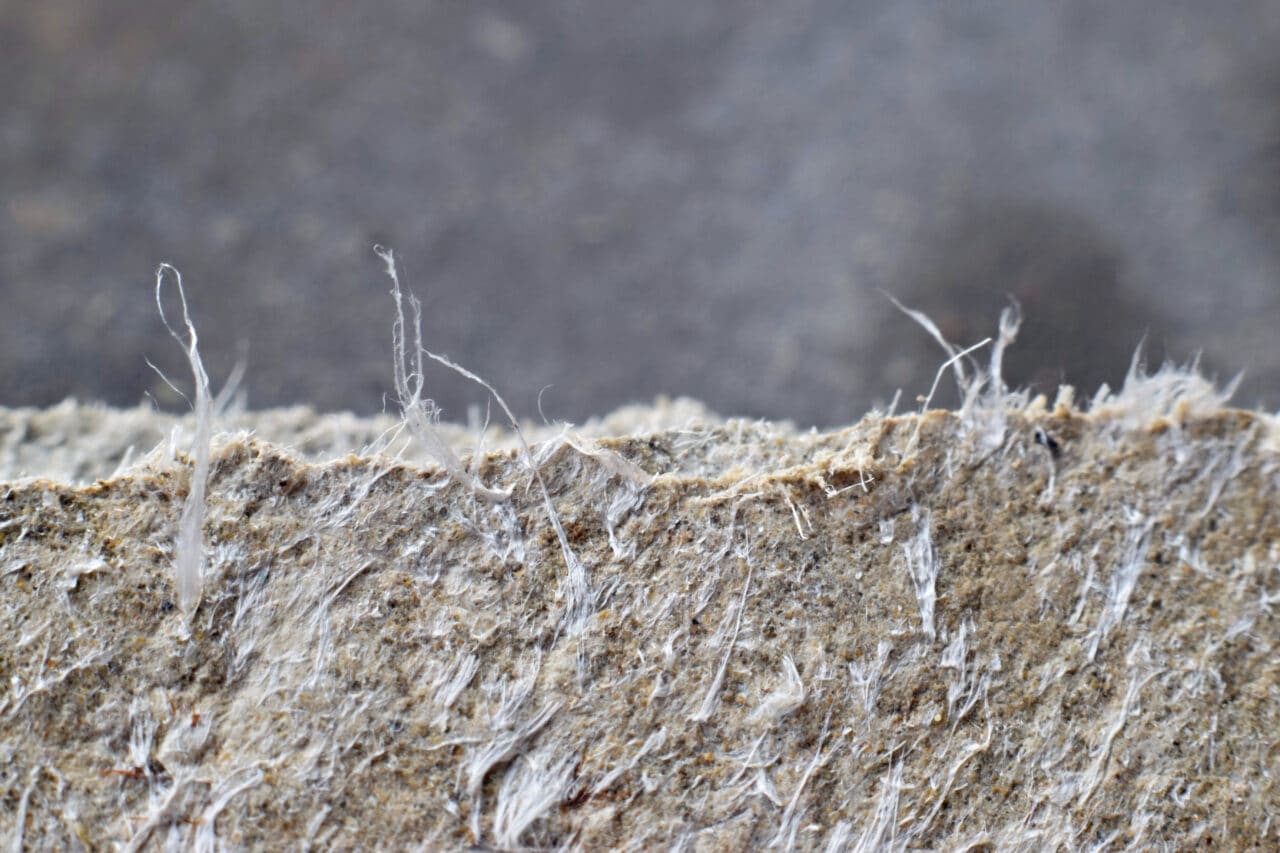
Imagine you are working on refurbishing your bathroom and from the grinding of the ceramic sink and a load of dust becomes airborne.
If you were told that this airborne dust which you were inevitably inhaling was asbestos, you’d probably run a mile, right?
And who could blame you? A dust which is responsible for approximately 90,000 asbestos-related diseases per year. You’d want to get as far away from it as possible.
Well, it’s likely that that dust in your bathroom would in fact be silica dust.
A dust which is made up of silicate materials in the same way asbestos fibres are. A respirable dust which is just as lethal, if not more lethal, in comparison to asbestos dust.
But because it isn’t known to people as being the same as asbestos, the dangers seem to be less of a concern to people.
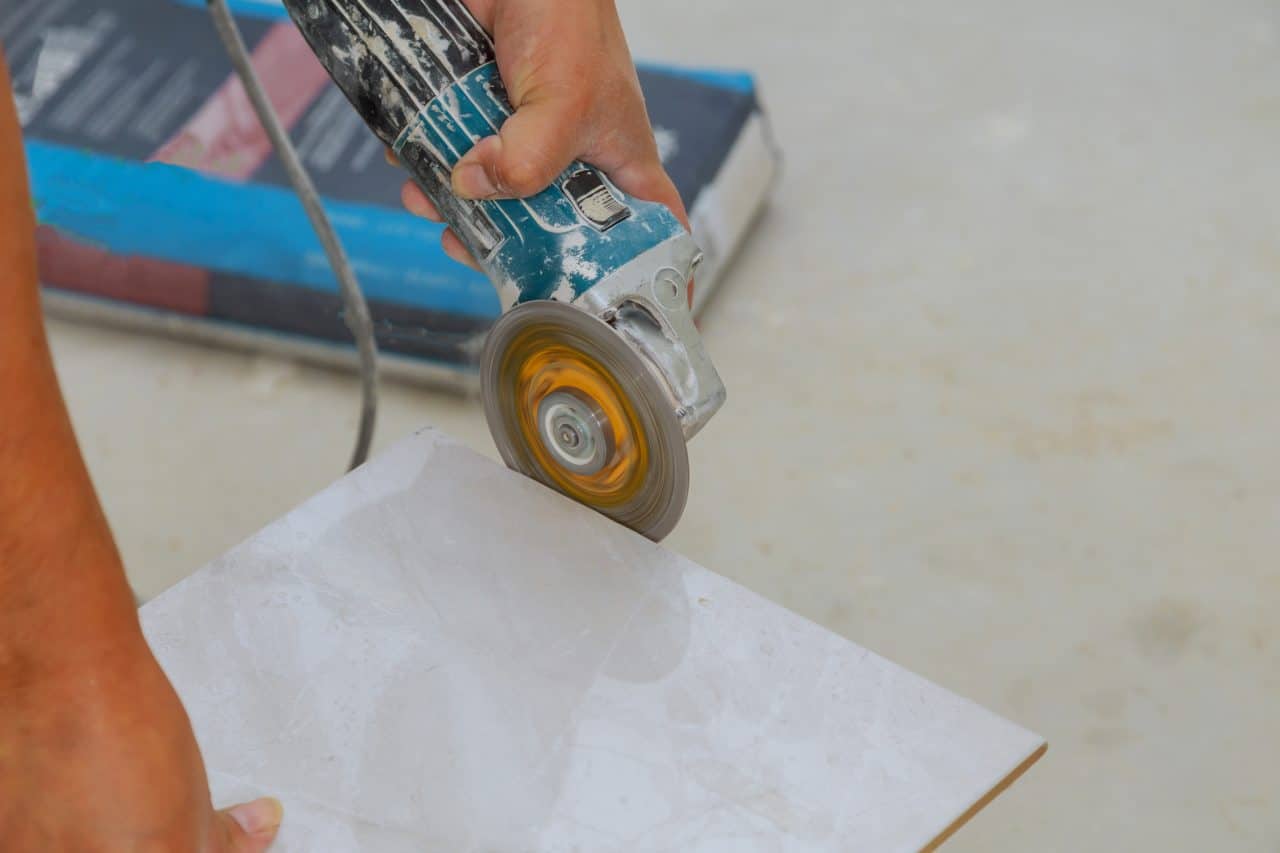
It’s time to get real and become aware of just how dangerous silica dust is.
It is reported that, in crystalline form, respirable crystalline silica (RCS) is responsible for the death of 600 people per year in Great Britain with 450 of those to workers in construction industry. What’s more, an estimated 50,000 workers are exposed to silica dust globally.
The importance of the dangers of silica dust must be realised, especially with what is known about how dangerous asbestos is.
Asbestos is just as lethal as silica dust. The dangers are the same, yet we cannot afford for the results of exposure to silica dust to be the same as what occurred with asbestos.
Silica could be as lethal as asbestos, if not more so, with equally serious consequences.
Being aware of the issue is the start, action must be taken to protect workers from this dangerous dust.
We cannot afford to let history repeat itself.
Based in Salford, M&E contractor Thermatic Homes has more than 70 electricians out in the field rewiring properties for social housing providers including The Wates Group, Unitas, Brunswick Regeneration and Bolton at Home. As an ex-electrician himself, Thermatic MD Karl Wallace is aware of the dust challenges their work creates.
“There are a lot of issues created by dust,” he says. “Chasing through to the brickwork and masonry is extremely intrusive and there’s a huge amount of dust created. We’re conscious that it’s potentially a dangerous environment if not controlled properly.”
Which is why Thermatic electricians always use dust extraction on their CHASE machines. Why they always wear dust masks, always screen doors and why they always hoover, clean, and spray the air with water.
Unlike a traditional building site, it’s not possible to saturate the air in people’s homes with water.
“It’s never ideal,” says Karl, “and being an ex–electrician myself, who’s rewired many a house, you always want to do more. Year on year as more information comes out about the harmful effects of dust, we’re increasingly aware of the dangers and want to do everything we can to prevent them.”
Which is why, when Karl was introduced to the XD One by Trolex MD Steve Holland, he was so keen to get it out on site to trial for dust detection. “What a wonderful idea!” says Karl. “It looks perfect.”
After all, what better way to instantly identify the dust threat than with accurate, real-time dust monitoring and readings? Even better that they’re available on wearable devices his team can just clip on as they work.
A real-time reading of the room designed not just to protect Thermatic workers but also to gain a clear understanding on dust levels that might impact on customers, too.
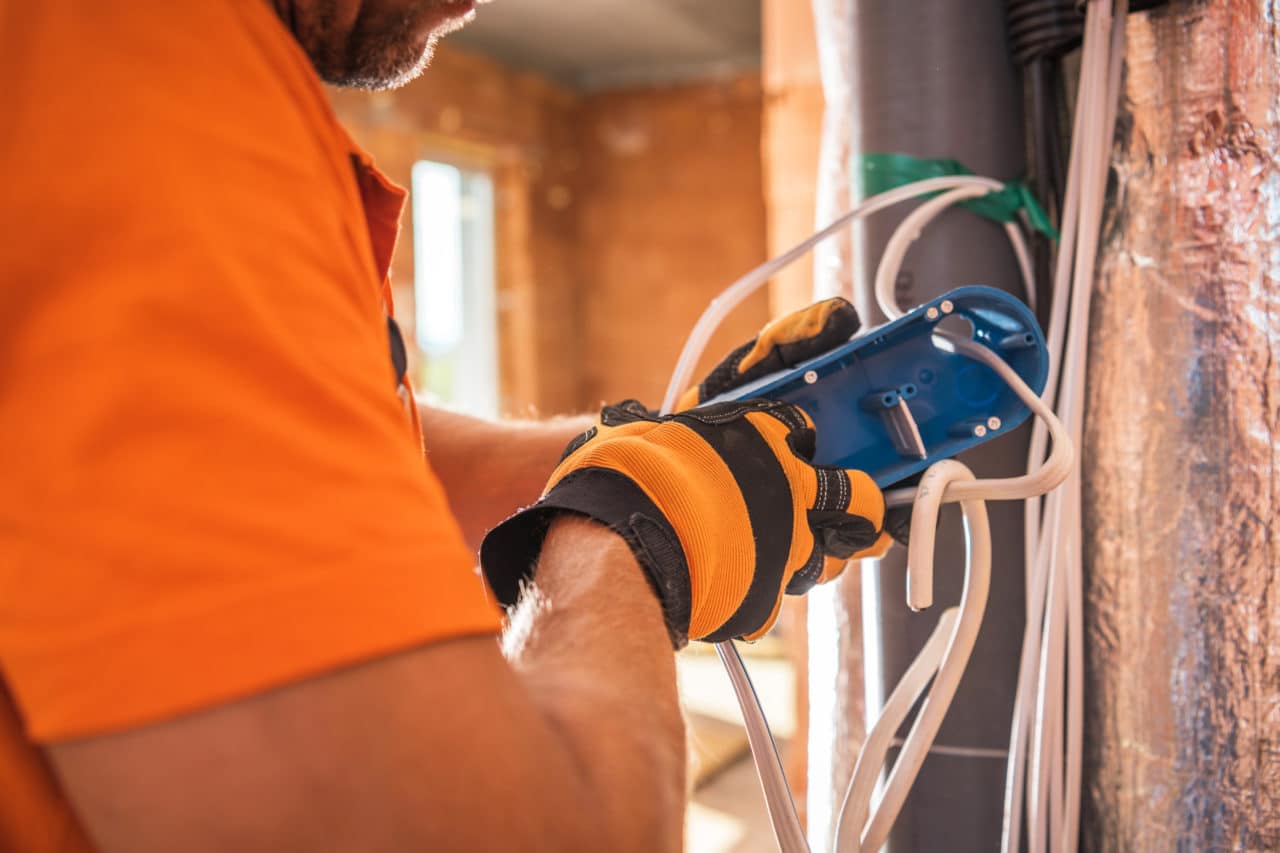
As important as the XD ONE Portable Dust Monitor is in protecting workers and tenants, using it also sends a very clear message to the industry, not just from Thermatic, but also from the main contractors Thermatic work for.
Very much a “we go above and beyond” message, any main contractor can be rightly proud to do their bit in helping to prevent the 12,000 deaths a year from workplace respiratory disease by using Thermatic and Trolex XD ONE Portable Dust Monitor.
It’s a pioneering approach in the construction industry that really prioritises health and safety and makes clear the commitment to worker and customer safety.
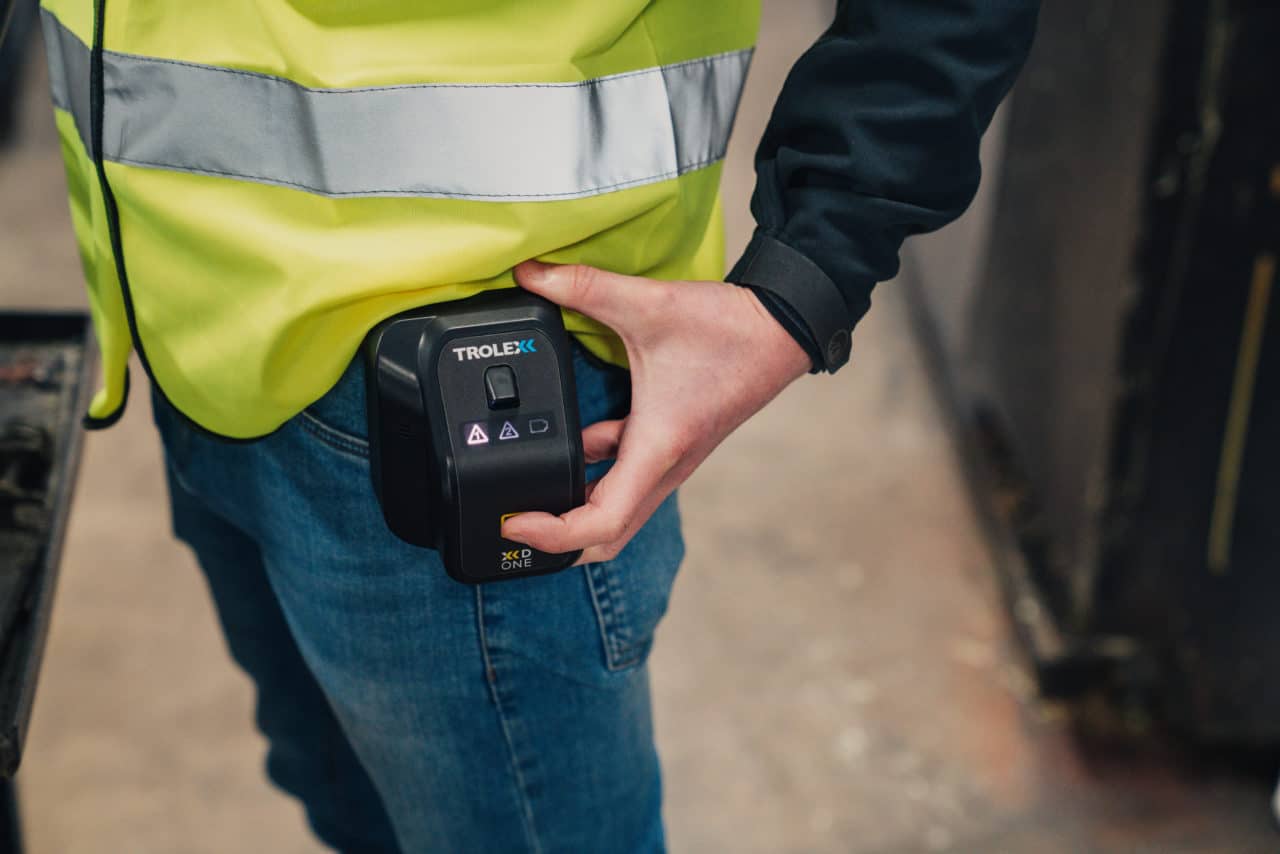
With the XD ONE now onsite as part of a pilot phase to monitor rewiring and upgrade projects, we’ll be reporting back very soon.
Says Karl, “I’m really looking forward to seeing what kind of data the XD ONE gives us, the degree of harm it detects and what we can do about it.”
In the meantime if you want any more information on how the XD ONE can keep your workers and customers safe from the dangers of avoidable dust and particulate inhalation get in touch today.
Have you heard of the ‘psychological contract’? It’s the unwritten understanding of the interaction between you, your workplace environment and your colleagues.
We all have a psychological contract with our employers, whether we know it or not.
As well as considering the physical aspects of your work environment, your psychological contract includes things like the quality of relationships you have with the people you work with, whether you feel properly listened to and understood and know what’s expected of you in your role.
An important part of that contract is ‘psychological safety’. How safe or unsafe your psychological contract leaves you feeling at work.
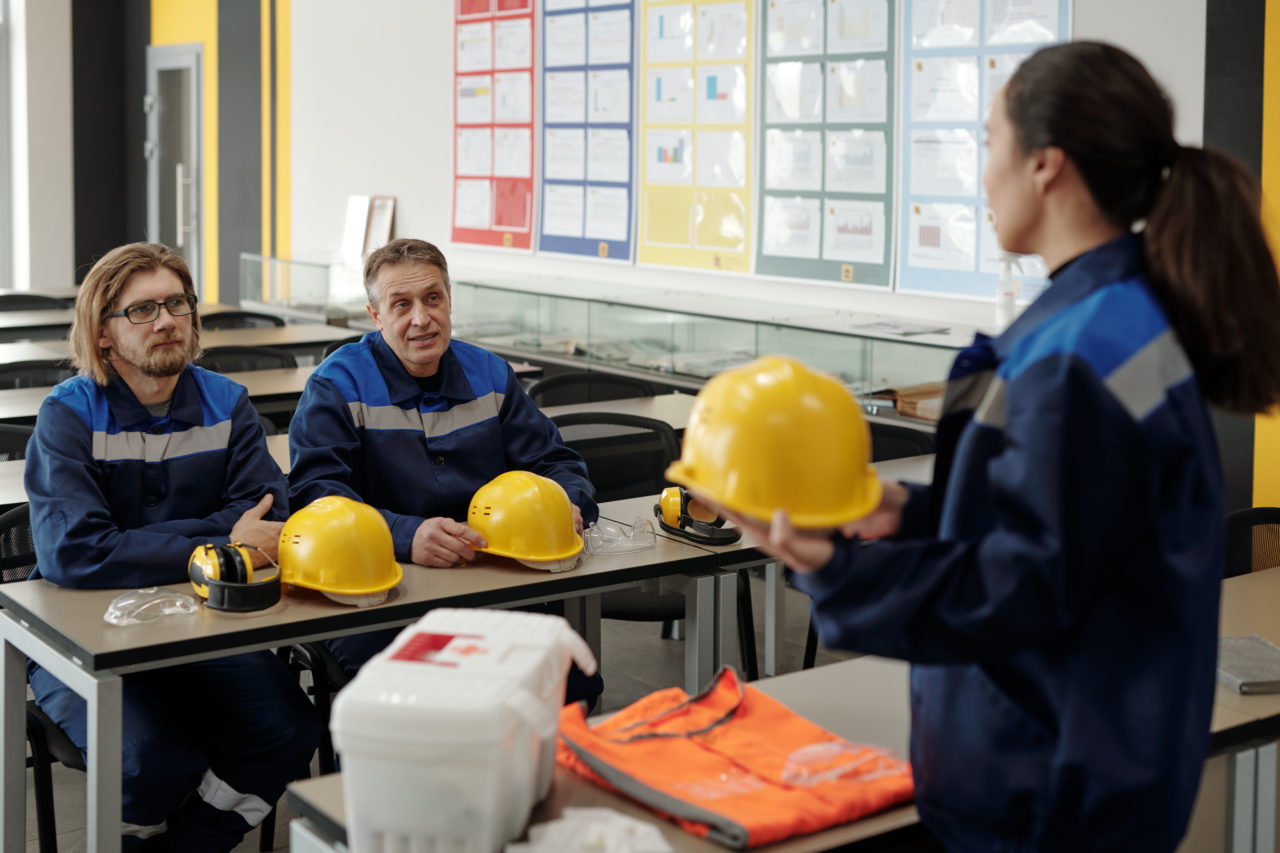
A term coined in 1999 by organisational behavioural scientist, Amy Edmondson, ‘psychological safety’ includes things like trust in your colleagues, your perception of physical threat in your working environment and how you feel about the training and support you get to do your job.
Unsurprisingly, the safer people feel at work, both physically and emotionally, the more productive they are.
By the same token, if people feel unsafe, then not only are they less productive, but the time the trouble and expense of having to replace people unhappy in their jobs is huge.
Employee benefits provider Perkbox estimates that ‘disengaged employees are costing the UK economy £340 billion every year in lost training and recruitment costs, sick days, productivity, creativity and innovation.’
So how can you make sure that people in your organisation feel psychologically safe?
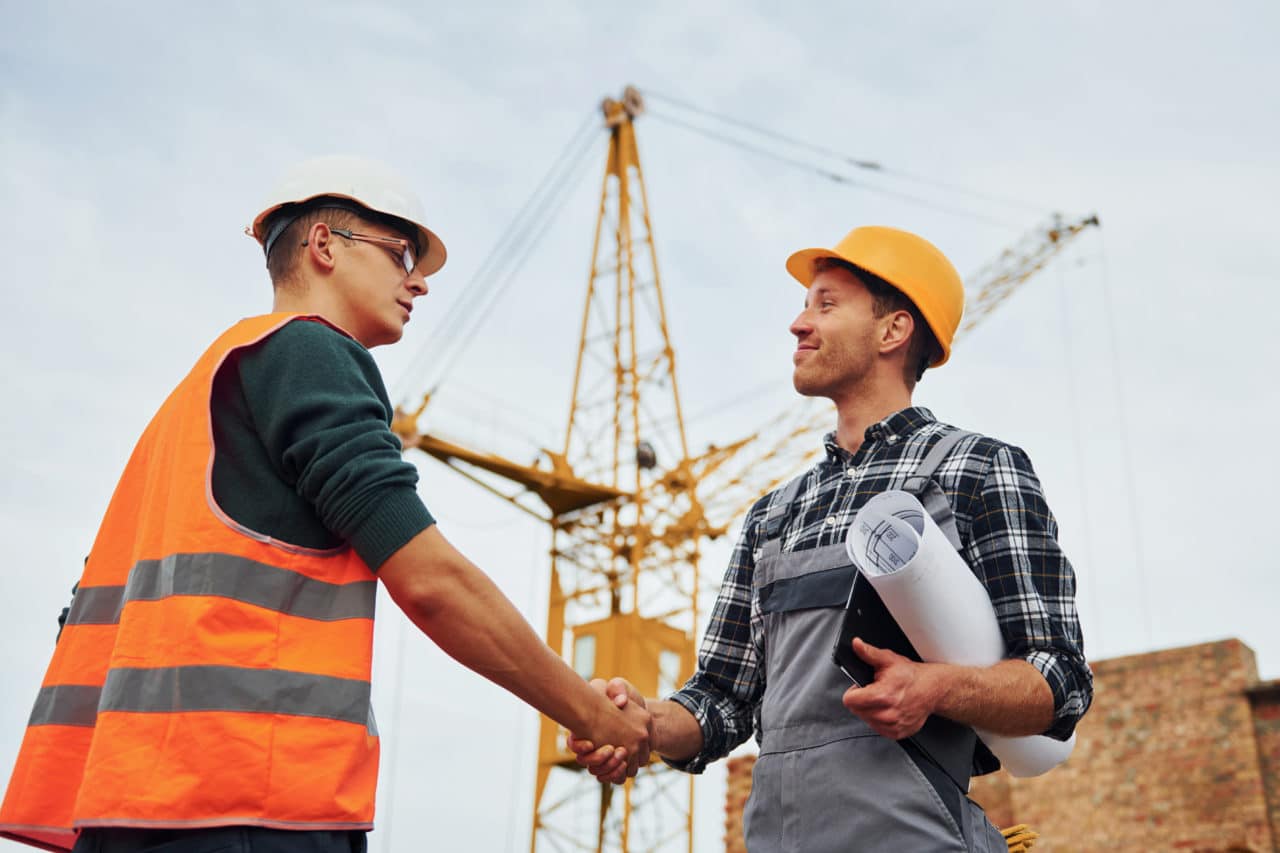
The first important step in creating a psychologically safe workplace is to make it as physically safe as possible.
Speaking with Trolex, Occupational Psychologist Catherine Dobson told us, “If an environment is not physically safe, if it’s too hot, too cold, or if it feels too dangerous people feel stressed. We must ask ourselves how do we get the right environment for people with the right kind of training, the right kind of cooperation to make it healthier?
Which is what contributes to making our range of dust monitors, such an important development. These include the AIR XD Dust Monitor, the XD ONE Portable Dust Monitor – our wearable dust monitoring technology, and our AIR XS Silica Monitor for real-time silica dust monitoring.
Not simply because it protects workers from the physical dangers of inhaling lethal respirable dusts, but because armed with the knowledge that they are working safely, people feel psychologically safer too.
Catherine explains how: “In relation to silica and dust monitoring. Because the AIR XS Silica Monitor is new, there’s scope for demonstrating that it works. And people can see that.
Also, because all these dust monitors work in real time, it gives people the trust that an intervention will take place should they be in danger. They can trust in the environment being safe.”
A very good thing for workers on both a physical and emotional level.
And great news, too, for the mining, tunnelling, quarrying, manufacturing and construction companies invested in fulfilling their side of the psychological contract with advanced dust monitoring.
Businesses can then reap the rewards of improved production and better worker retention, so everybody wins.
It’s amazing how often a product created to solve a specific problem in one marketplace goes on to be adopted in others.
We’ve all heard of the NASA ‘spinoffs’ – the 1,300 documented NASA technologies now used across the world. From memory foam, to GPS, to scratch resistant sunglasses, to cordless vacuum cleaners; the list goes on…and on. You don’t have to look too hard to spot crossover successes – the law of unintentional consequence going about its business in the most constructive of ways.
In a B2B context, you could apply the same principle to the Trolex XD ONE Portable Dust Monitor.
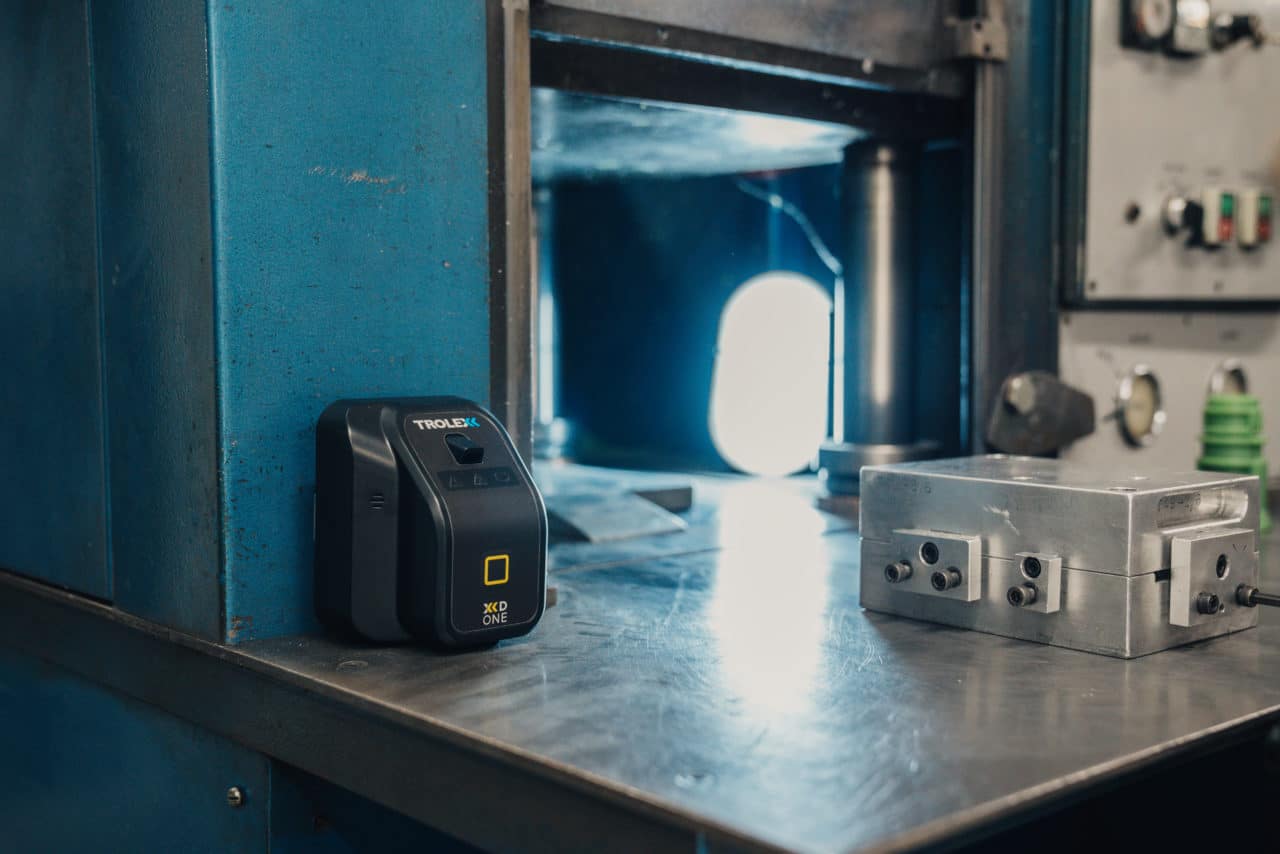
The wearable dust monitor, XD ONE, was originally developed as an evolution of our AIR XD Dust Monitor, a fixed dust monitoring device for the mining, tunnelling and quarrying industries. Industries infamous for their creation of dangerous respirable dusts. But now it’s finding a whole new audience in lighter, less obvious industries such as baking, woodworking, paper manufacturing, motor engineering, highway maintenance and especially construction.
If the interest shown at the recent Safety in Construction Show is anything to go by, there’s now a real desire to learn more about the XD ONE Portable Dust Monitor, and the life-saving protection it gives workers all across the construction industry.
Organisations such as the Health & Safety Executive (HSE) are doing their best to inform and educate the construction industry of the threats of dangerous particulates. But, as feedback from The Safety in Construction Show made clear, it’s the more visible, more immediate threats that attract the headlines. Trips, slips, fire or explosions tend to attract attention, with dust related tragedies rarely treated with the same degree of importance.
It’s one reason why we work so hard to get in front of the industry. To educate construction specialists (especially senior management) on the long-term impacts of dangerous exposure to construction dust and particulates.
The other reason? To make clear that the solution exists right here, right now – with the XD ONE, personal dust monitoring by Trolex.
As we’ve written before, ‘just because you can’t see a threat doesn’t mean it doesn’t exist.’
And while great plumes of rock or coal dust present an obvious, visible risk to workers, what about those particles that are so small, we mistakenly think they’re not even there? What about the invisible, previously undetectable threats?
With our XD ONE Portable Dust Monitor able to measure even the smallest of microscopic construction dust to 0.38 nanometers, if it’s there, the XD ONE will tell you in real time.
Instead of presuming an area safe because there’s no obvious sign of dust, we can measure it as safe – or not.
And importantly, because the XD ONE Portable Dust Monitor measures in real time, it means that instead of being alerted to exposure after the event, you can manage processes ‘live’ to keep your people safe and your business efficient.
As much as anything, it’s the fact that the XD ONE Portable Dust Monitor is wearable, that’s changing the whole dynamic of dust detection – especially for the construction industry.
Our personal and wearable dust monitor is so small, so light and so low maintenance that workers quickly forget they’re even wearing it. It has transformed life-saving dust detection from an expensive, time consuming and cumbersome hassle (too often neglected or even plain ignored), into a Health and Safety no-brainer for any business serious about worker welfare.
An important life saving device for the mining, tunnelling and quarrying industries, crossing over to save lives in the construction industry.
If you work in construction and want to find out more about the XD ONE, just get in touch today. We’ll tell you everything you want to know about protecting you and your teams on your construction sites.
As strange as this question may sound…have you ever taken a moment to sit down and think about dust? Really think about it? Think about what it actually is, where it comes from, why it exists, and the impact it might have on our lives?
Probably not. And why would anyone? It’s just ‘there’ after all, hanging around, doing its thing. A staple accompaniment to life, only momentarily revealed in a shaft of sunlight or a sneeze, or lying on an expensive piece of machinery waiting to be…dusted.
And while we’re all aware that exposure to dust or particulates can impact health, isn’t it the case that because dust is so small, so ephemeral, and so everywhere, questions of what it actually is, and what it really does, tend to get swept under the carpet?
So here’s a chance to take a closer look at what we’re dealing with when we refer to ‘dust’ and reflect on the significant health implications of exposure to something largely unseen that threatens the lives of many thousands of workers, in many hundreds of different industries around the world.
Dust, or for the purposes of this explanation, particulate matter, is, defined by Greenfacts as, ‘the sum of all solid and liquid particles suspended in air.’
A complex range of components including organic and inorganic particles, such as pollen, soot, smoke, and liquid droplets, particulates can vary greatly in size (from coarse, to fine, to ultrafine), in composition, and in origin.
Many types of particulate are considered hazardous.
Putting dust in the home (composed of about 20–50% dead skin) to one side, about a third of the particulates that make up air pollution are created by vehicles, exhaust fumes, and particles from tyres and brakes.
These coarse particles are made up of broken-up larger particles, with a size ranging from 2.5 to 10 µm (a micron is a millionth of a meter). They are also released by agricultural processes, mining, and burning fossil fuels, as well as naturally through pollen, mould spores, and plants and insects.
While industry and the burning of fossil fuels can produce particles from the release of non-combustible materials, other fine sub-micron particles are produced by the condensation of vapourised materials and atmospheric reactions of sulphur oxides and nitrogen oxides initially released as gases.
These fine particulates between 0.1 µm to 2.5 µm, make up most of the airborne particulate mass and represent the main danger to people living or working in a polluted environment.
Ultra fine particles which are smaller than 0.1 µm make up only a few percent of total particulate mass, though they represent over 90% of the number of particles. They’re largely formed from gases that will often end up coagulating to form a larger particulate.
Worldwide, the main cause of air pollution is coal burning, with dirty air killing more people than smoking, car crashes and HIV/Aids. It also shortens billions of people’s lives by up to six years according to a new report.
The climate crisis too, largely a product of burning fossil fuels, is now making a significant contribution to air pollution through wildfires.
But that doesn’t mean the dangers of inhaling dangerous particulates are limited to smoggy city life or pollution blown cross country from burning forests.
At Trolex, our mission is focused on protecting the millions of people exposed to dangerous workplace dust, mist, fumes, vapour or gas – particulate threats that cover the full spectrum of particulate size.
As we wrote in our The importance of reading the room ebook:
‘Potentially lethal dust is everywhere – from construction dust, to the fibreglass/Glass Reinforced Plastics (GRP) used in loft insulation, and 3D printing that fuses layers and layers of extremely fine dust to create the final shape.
There’s coffee dust, soldering fumes (20% of people soldering or working around solder develop asthma), carbon fibre and plaster related lime, sulphate hemihydrates, silica, and mica dust that leads to asthma, COPD, chronic bronchitis, and emphysema.
There’s cement dust, plus the ubiquitous Amorphous Silica used in car tires, agri chemicals and animal feed, in toothpaste and cosmetics, paint, insulation materials, adhesives, coatings, and printer ink.
There’s biomass dust, dust created by waste disposal and recycling, sawmill wood dust, dust in nail bars, chiropodists, and podiatry clinics, tool sharpening dust and MDF dust particles coated in formaldehyde.’
There’s a huge amount that can be done to protect people from the dangers of inhaling dangerous particulates.
On a national level, governments can actually back up the rhetoric with action, instead of just paying lip service to environmental protection. China’s “war against pollution” that started in 2013 has already, supposedly, reduced levels of fossil fuel pollution by 29%.
But clearly much more needs to be done by politicians and business leaders to transition industry to greener, less damaging energy and manufacturing production. To promote production methods which will reduce the creation of hazardous dust.
Which is why we’re working so hard to both raise awareness of the problem and to put our Trolex AIR XD Dust Monitor, XD ONE Portable Dust Monitor, XD1+ Personal Dust Monitor andAIR XS Silica Monitor in the hands of people on the frontline who we can help protect.
With 12,000 UK, and half a million workers around the world dying every year from preventable diseases directly related to dust and particulate inhalation, our mission is as simple as it’s singularly focused, as it’s important.
It’s this: To educate the world’s construction, mining, tunnelling, heavy and manufacturing industries on the dust and particulate dangers their workers face. Then to make clear the smart, simple, cost effective ways our XD One and other duct monitoring technology can help them protect them. And ultimately…
For every worker exposed to dangerous particulates to have wearable personal dust monitoring equipment by 2031.
Get in touch today to speak to one of our experts about how real-time dust monitoring can help improve your safety processes and keep your workers safe from harmful respirable dusts.